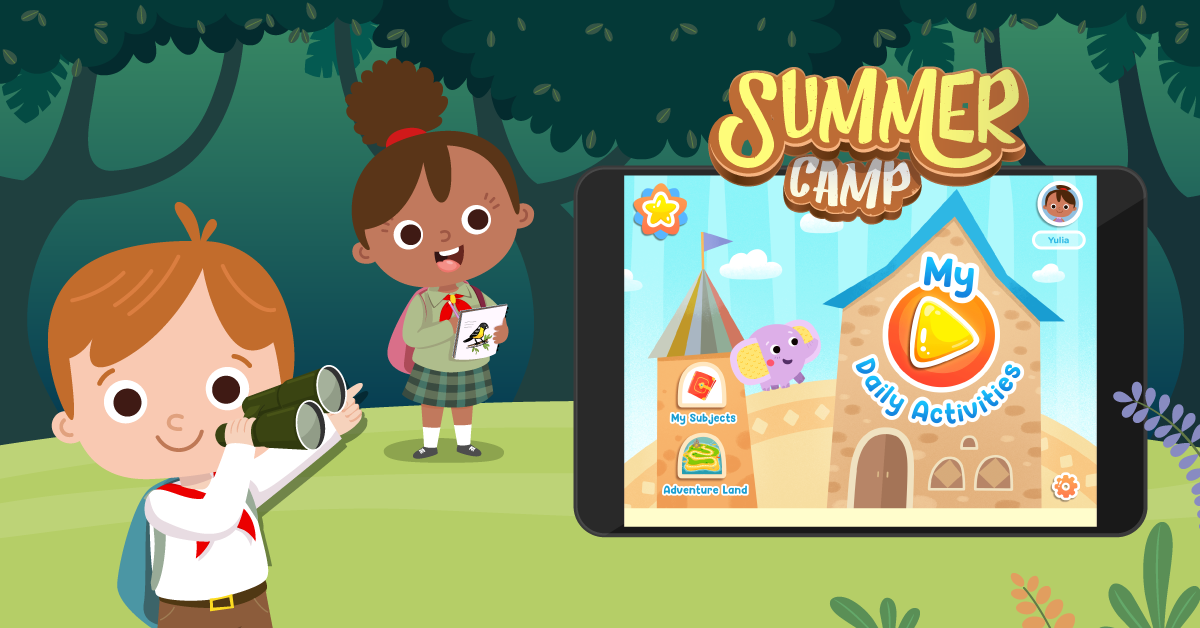Shape comparison Worksheets for Kids
4 filtered results
-
From - To
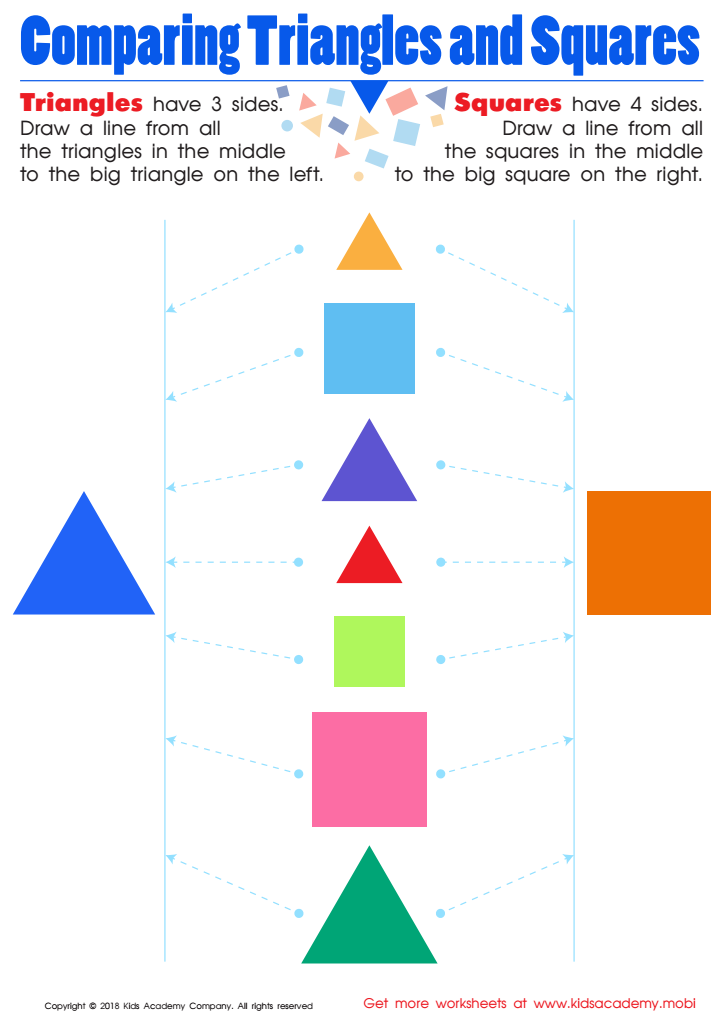

Comparing Triangles Squares Worksheet
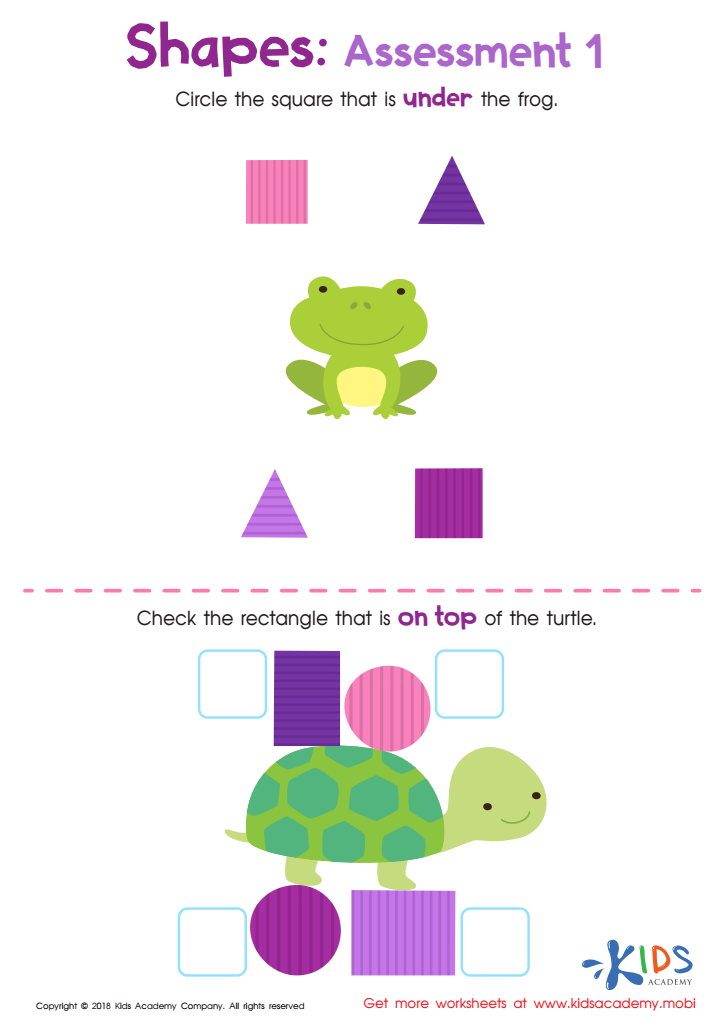

Geometry – Assessment 1 Worksheet
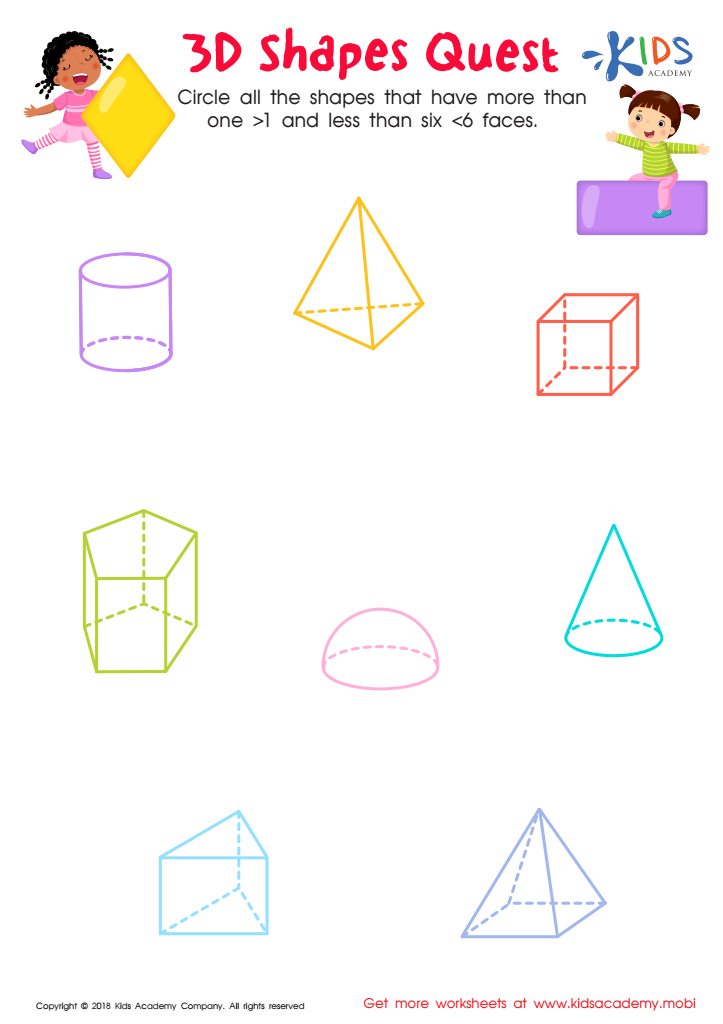

3D Shapes Quest Worksheet
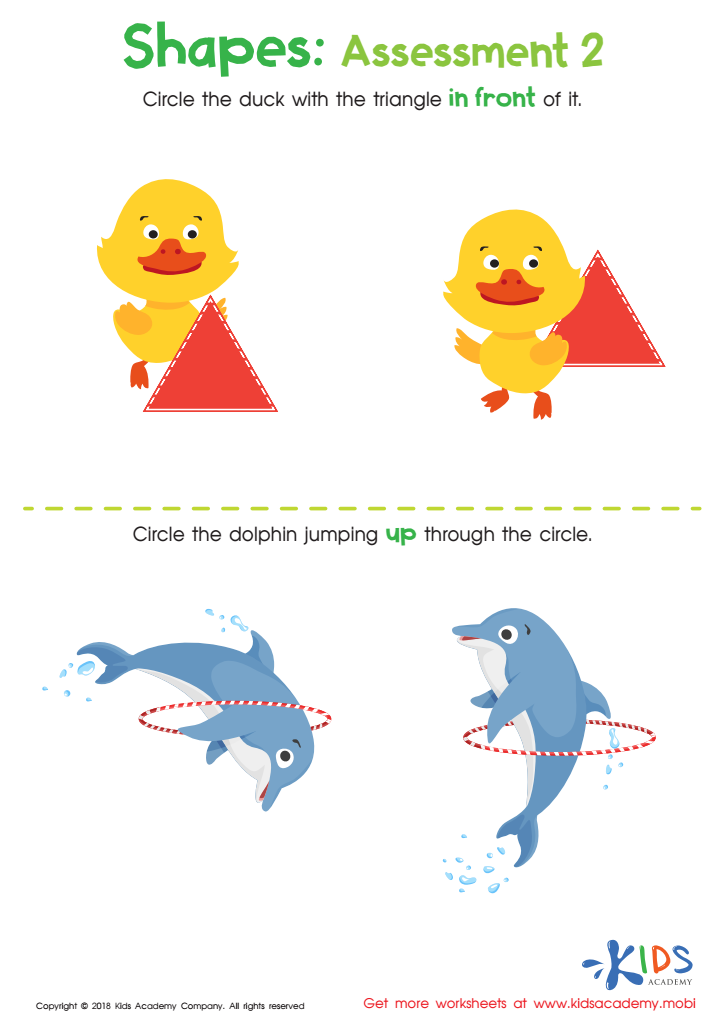

Geometry – Assessment 2 Worksheet
Question/Answer
What does the Shape comparison skill mean when it comes to Preschool Geometry learning?
The Shape comparison skill in Preschool Geometry learning involves teaching young children to identify, analyze, and differentiate between various shapes. This skill helps them observe and understand similarities, differences, and attributes such as size, sides, and angles, fostering their ability to categorize and compare geometric shapes, a foundational aspect of early mathematical understanding.
Why is the Shape comparison skill important for Preschool students?
The Shape comparison skill is important for preschool students because it lays a foundation for recognizing differences and similarities, critical for mathematical concepts like geometry. It also enhances visual perception and cognitive skills, enabling children to categorize and identify objects in their environment, thus supporting early literacy and numerical understanding.
How to train the Shape comparison skill in Preschool students learning about Geometry?
To train the Shape Comparison skill in preschool students, introduce a variety of shapes through hands-on activities. Use shape-sorters, puzzles, and pattern blocks for them to manipulate and compare. Organize games that involve matching and grouping shapes based on their characteristics. Incorporate storytelling with shape-themed books and use visual aids like flashcards to reinforce shape recognition and differentiation.

 Assign to the classroom
Assign to the classroom
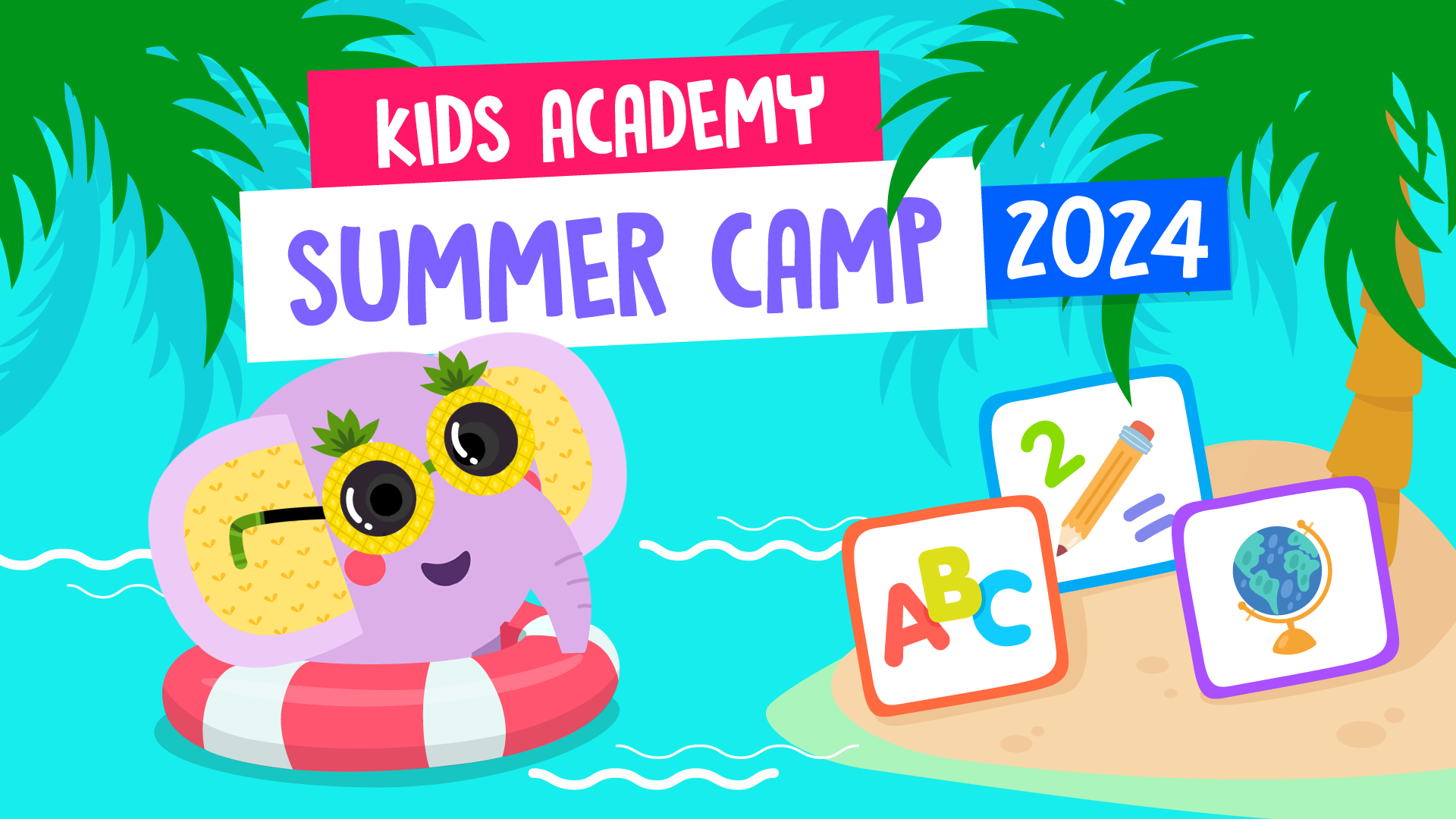

.jpg)
